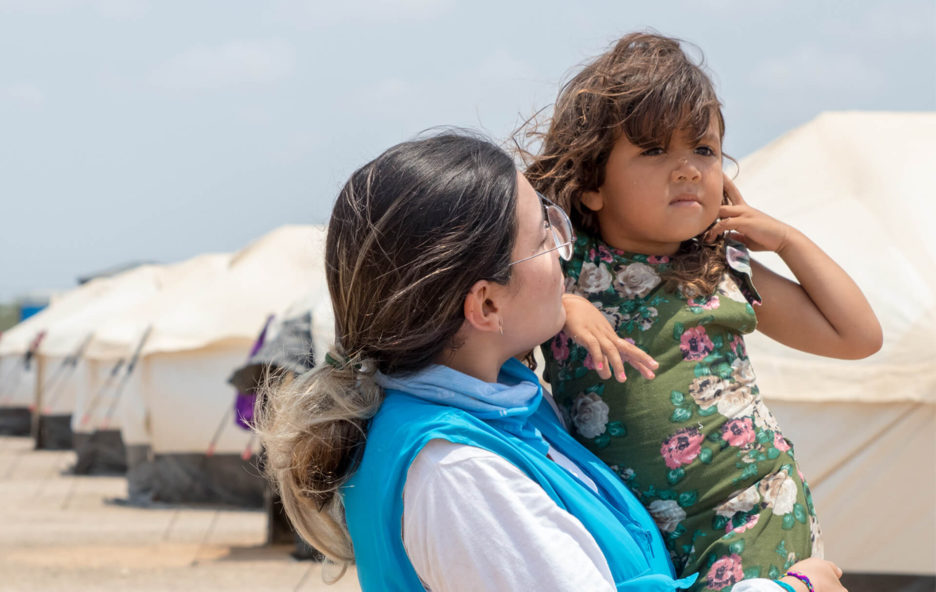1 in 4 of the world’s children live in a conflict or disaster zone.
We are the first to respond in a crisis and we stay for the long term.
Children are especially vulnerable in times of conflict and crisis.
Political instability, widespread poverty, weak state institutions and the increasing effects of climate change put children at an increased risk of malnutrition, disease, exploitation and long-term trauma.We are there to support them.
In the immediate aftermath of a crisis, our priority is to help children and families with our emergency response programmes.
We have a unique advantage that allows us to offer immediate support because we are often already active in the countries where disaster strikes. We operate in 136 countries and territories. We understand the context and terrain and can get help to those who need it fast.
How we respond in a crisis
In the chaos that ensues, families can easily get separated.We provide safe places for children to stay whilst we try to locate their parents or relatives.
We support relatives who step into the parental role to look after children whose parents go missing in conflict.
We provide ‘child friendly’ spaces where children can be children and find some normality in playing with their friends and taking part in activities whilst their parents seek to rebuild their lives.
We also offer long term mental health counselling and support to children and their families.
On Boxing Day 2004, an earthquake measuring 9.1 on the Richter scale hit Banda Aceh, followed by a devastating tsunami. SOS Children’s Villages responded immediately after to support the children and families whose lives were shattered.
We’re still helping in the region to this day, as well as in countless other disaster or emergency-affected parts of the world.

